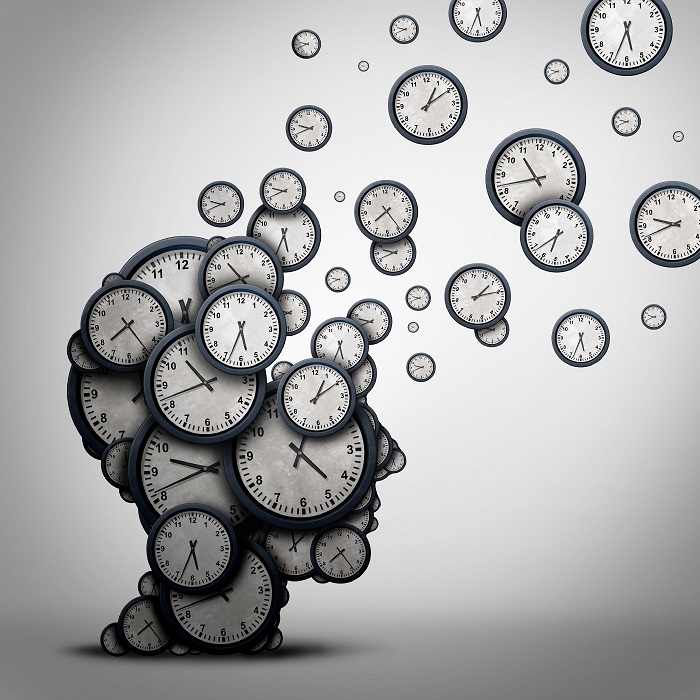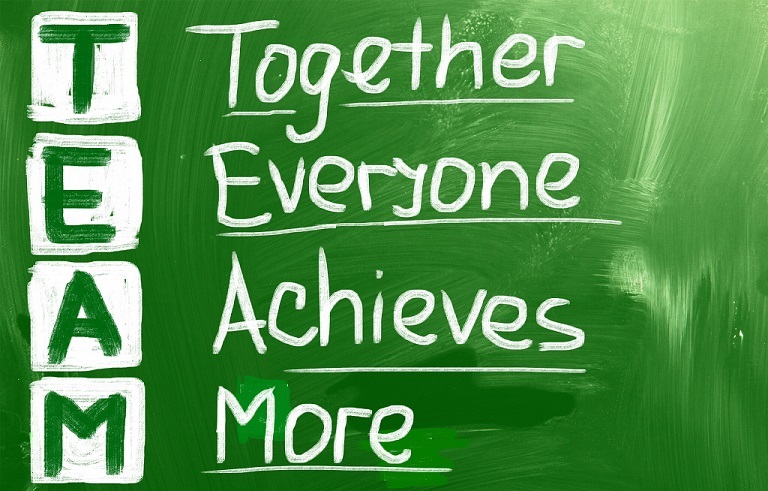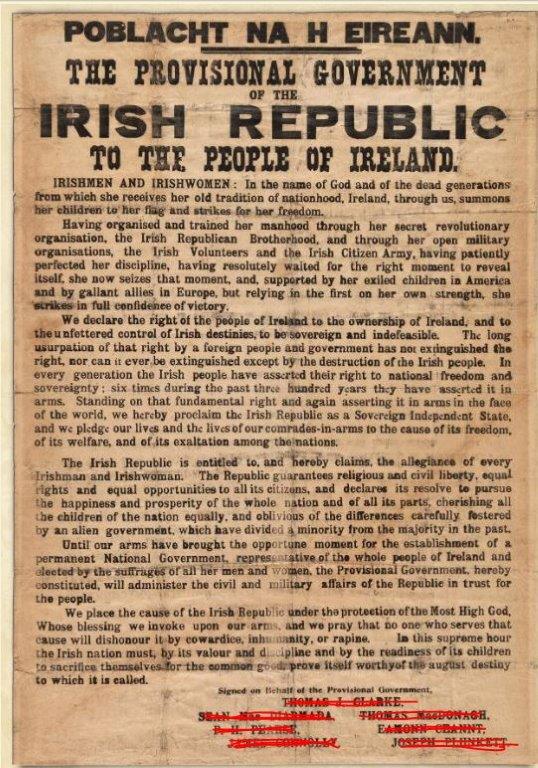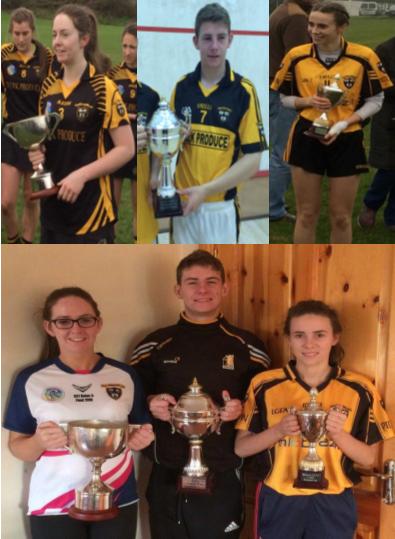Coaching GAA is infinite learning process. Be it hurling, football or Camogie, like the top players, the top coaches or managers are always striving for perfection. Having coached and managed in all codes, club and county at all levels over the years, I can say without a shadow of a doubt that things are entirely different now to be successful as compared to even a decade ago. Everyone is looking for that little edge. That slight advantage that will tilt the balance of success in favour of their team. In this first GAA coaching blog, I open up for discussion what has evolved over the last four decades in club coaching with a key focus on what I believe in principle are the ingredients of a good adult club “training” session.
Back In the seventies, a typical club training session consisted of lads hitting the ball (often just A ball) to each other until everyone was ready. Then two lads would pick teams for a match or something unscientific like throw the hurl’s in and randomly divide, often ending up with two crazy uneven teams. Play continued until lads got tired of it and then headed to the pub if it was open. If fitness was required, a few laps of the field. The more fitness needed, the more laps. It was rare that science was used. Over the years the concept of drills, drills with cones, drills with more cones, warm ups and warm downs, stretching exercises, core stability building and nutrition added to the evolving science of the club training session. Science and now mental preparation are the main advantages pursued. The better you are at these the better your chances of success.
Now the majority of club players who are serious about their sport put in the time and they have to if they want to be part of a successful team. Each individual is an important cog in a team and indeed a squad as the more lads pushing hard in the squad, the greater the encouragement from within. They practice the skills on their own. They go to the gym or do their own fitness training. They take care of their own nutrition. The top players even at club level are way more educated on what is required than their predecessors. Therefore, as a coach or manager you have to decide how best to make use of the short time you have with the players. And it is short. At best you will do two training sessions a week of about 90 minutes. When you take out the mandatory warm up and cool down, that leaves at best, 2 hours per week or 1% of the week to work with the players themselves as a group. Very little when you consider it is a team sport. So as coach/manager you have to use that time efficiently for the greatest gain of the team in a competitive sport. That means trusting your players to do the individual work themselves. That is the culture than underpins success.
The themes of Team, Enjoyment and Competitive are key. Those 2 hours must be about the team, must be competitive and must be enjoyable. It is their hobby too. Therefore, there is little or no room for the circus act of cone to cone drills in group sessions for adults. Anyone could take part in these, even me! They are adults and need to be treated as such. Surely they all know how to rise the ball, catch it and strike it, etc. at this stage. If you are still teaching adults the basics, you are in real big trouble. The level of how good depends on their own commitment to their own practice and each will be different so a general drill rarely helps the majority of players. You would be lucky if 2 or 3 gain from any single general drill.
The focus of the group session must be about how the team works together, the game plans (note plural), understanding what their team mate can do. Becoming aware of the strengths and weaknesses of their team mates so that together they can perform to the optimum level. There must be enjoyment and people play the sport which they enjoy and GAA sport is in the form of team matches. So matches must play a huge part in the group session. Those matches should be competitive. There must be a score, a result and an aim to win. There must be an incentive to win for the individual match and for the overall. This is where Training Leagues play their part.
These are the components that make the session competitive. That’s what makes your team competitive. That’s what will bring the intensity to your training session which becomes the sandbox for your match day performances.
As an example, your 90 minute session for hurling could be something like this.
- 20 minute warm up incorporating all the main ball skills and dynamic stretching.
- 20 minute team play development (tactics) which covers things such as puck out strategy and includes physical replication.
- 40 minute match – Vary teams, score matters, league points allocated.
- 10 Minute cool down
That’s an example in its simplicity though each component does require a level of detail and planning and should not be over repetitive. The challenge is to make sure the match incorporates the team play development in practical terms. Even adults look forward to the training match. Imagine the enthusiasm of the players to turn up if they knew every session would have 50% match and that match would be competitive and matter.
“The way a team plays as a whole determines its success. You may have the greatest bunch of individual stars in the world, but if they don’t play together, the club won’t be worth a dime.” – Babe Ruth
In general what you are doing is combining the individual skills learned by each player in their juvenile development years into more powerful concoction as a group. Putting the pieces of the jigsaw in the right places and making them perform together and better. Together Everyone Achieves More! This is just an overview at a high level but hopefully, you get the gist and understand the concept. Please feel free to contact me with any questions or just to make a comment.




